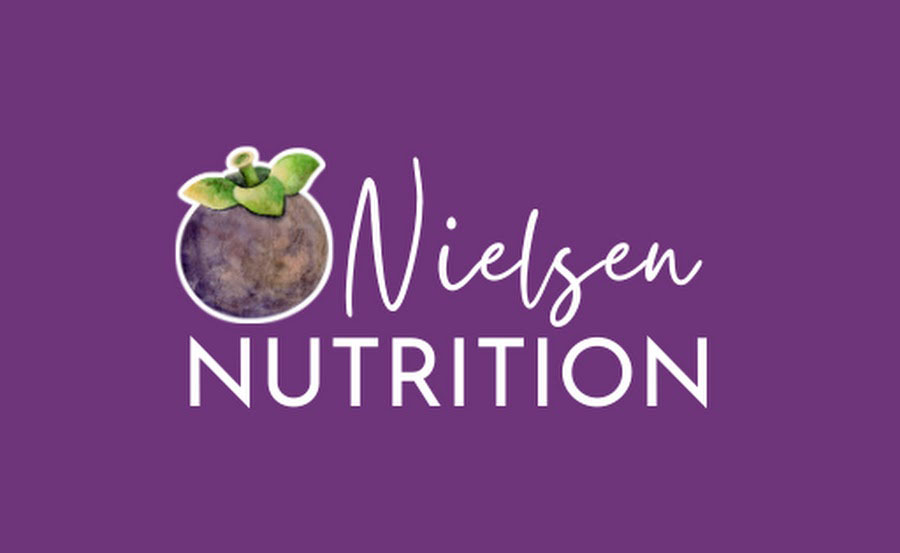28 May To be fat or to eat fat? That is the question…
Fat has gotten such a bad rap in the last 30 years that food labels like “skinny,” “lean,” and “low-fat” boost sales of nearly every product on the market. The public perception that all fats are created equal and will make you fat, clog your arteries and make you sick is, I believe, a huge obstacle to overcome in the nutritional world. Even children that participated in a cross-sectional study regarding television viewing and nutritional perceptions were found to believe that the words “low fat” and “diet” before food titles meant that that version of the food was healthier than the full fat versions (Harrison, 2005). There is a huge disconnect between what the general public has been told by media and how integrative practitioners like myself feel about fat and its’ role in nutrition.
The social and political implications of the fat free movement are profound. For over three decades United States citizens have been sold the idea that the saturated and unsaturated fats in food is what is making our country fat. A score of well-intentioned people are avidly reading food labels and looking for zero fat content and low calories. Social implications include but are not limited to moms who look at other moms buying fatty food with condemnation and disdain and feel a sense of pride in spending a little extra on the fat free yogurt or reduced fat crackers. As spiritual creatures humans strive for a state of wellness and to pass on healthy genes and habits to our offspring. In the 1970’s when the McGovern report supplied their findings regarding obesity trends and nutrition the new government guidelines came out encouraging Americans to buy more food with less fat which opened an entirely new way for companies to reduce nutritional content, change labels, and make more money (Soechtig, 2014).
Epidemiological studies showing correlation between saturated fat consumption and cardiovascular disease have caused broad sweeping nutritional recommendations to not only decrease fat consumption but increase low fat or fat free food consumption (Daley et al, 2010). It is these broad far-reaching gestures that have turned a “scientific” correlation into a nation-wide failure to give our bodies basic nutrients in the lipid profile that we need to live well and fight disease. Research that shows non-negative, inverse and positive correlations between saturated fat and CVD morbidity and/or mortality are finally starting to gain traction in the scientific communities (Siri-Tarino et al, 2010). Not only are saturated fats not showing up in recent studies as causing CVD but also are not related to increased risk of stroke or congenital heart defects (Siri-Tarino et al, 2010). Conjugated linoleic acid, an essential fatty acid that cannot be produced in the body and is found in high quantities in the full fat milk of grass fed cows, has even been shown to decrease risk of nonfatal myocardial infarction (Smit, Baylin, & Campos, 2010). Documentaries like Fed Up which point the finger at sugar not fat as the backbone of the obesity epidemic and skyrocketing CVD related deaths are gaining social and political traction (Soechtig, 2014).
Don’t even get me started on how mainstream medicine isn’t distinguishing between large / small LDL which each have a significantly different and opposing impact on cardiovascular risk.
The deeper meaning behind the fat free trend of the last 30 years can be seen in two lights. One perspective is that in an Orwellian nightmare the masses look to government and science funded by big business to find their information on what is or is not good nutrition for their bodies instead of discovering it for themselves. Personalization of healthcare does not make any corporation rich and therefore the public is sold a standardized health protocol based on biased science that benefits the highest bidder. The second, less dramatic and conspiratorial way to view the fat free epidemic, is that people truly care about their nutritional health and want to make choices that benefit their current / future health and well-being. Emotional implications in this situation are profound. When 2 out of every 3 Americans are considered overweight or obese it will be a trial to change public perception to an understanding of “fat as good.” Not only that but supplementing with oils and lipid sources can increase enzymatic antioxidants in peoples with chronic disease (Sommerburg et al, 2015).
We need to EAT fat …to not BE fat!
Education about different types of fats, inflammatory vs anti-inflammatory, their pros and cons, how to use them appropriately and how certain forms have therapeutic benefits for different health concerns is one of the first topics I tackle with my clients. If you’d like to learn more feel free to contact me!
In Health,
Emily


Sorry, the comment form is closed at this time.